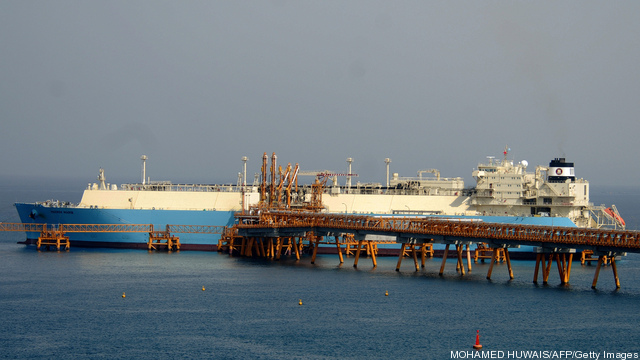The FERC has issued a draft EIS for Jordan Cove’s proposed LNG export terminal at Coos Bay and the associated natural gas transmission pipeline proposed by Pacific Connector
On November 7, 2014, the Federal Energy Regulatory Commission (FERC) issued a draft Environmental Impact Statement (EIS) for Jordan Cove Energy Project LP’s proposed liquefied natural gas (LNG) export terminal at Coos Bay, Oregon and Pacific Connector Gas Pipeline LP’s proposed natural gas transmission pipeline between Malin, Oregon and the Jordan Cove terminal.
In May 2013, Jordan Cove filed an application with FERC to construct and operate an LNG export terminal at Coos Bay, Oregon with a capacity of up to six million metric tonnes of LNG per annum from a supply of approximately 0.9 billion cubic feet of natural gas per day (bcf/d). The proposed facilities include, but are not limited to, an access channel from the Coos Bay navigation channel, marine slip, transfer pipeline, LNG storage tanks, liquefaction trains and refrigerant storage bullets, and a 420 MW South Dune Power Plant.
In June 2013, Pacific Connector filed a companion application with FERC to construct and operate an underground welded-steel pipeline across interconnections with existing interstate systems of Ruby Pipeline LLC and Gas Transmission LLC near Malin and the Jordan Cove terminal. The pipeline would have up to 1.07 bcf/d transportation capacity, with 0.04 bcf/d reserved for the existing Northwest Pipeline Grants Pass Lateral. The proposed facilities include a 232-mile, 36-inch-diameter pipeline from Malin to Coos Bay; a 41,000 horsepower compressor station; receipt and delivery meter stations; pig-launchers and receivers (pipeline cleaning); mainline block valves; and communication towers.
Based on a review of information obtained from Jordan Cove and Pacific Connector, data requests, field investigations, alternative analyses, scoping, research, and input from government agencies and stakeholders, FERC concluded that project implementation would result in limited adverse environmental impacts that would be reduced to less-than-significant levels. The FERC details site-specific mitigation measures to better address potential environmental impacts, including LNG marine traffic control measures, seismic specifications, wetland-loss mitigation efforts, and water- and air-quality measures, among others.
Originally published by EnerKnol.
EnerKnol provides U.S. energy policy research and data services to support investment decisions across all sectors of the energy industry. Headquartered in New York City, EnerKnol is proud to be a NYC ACRE company.


